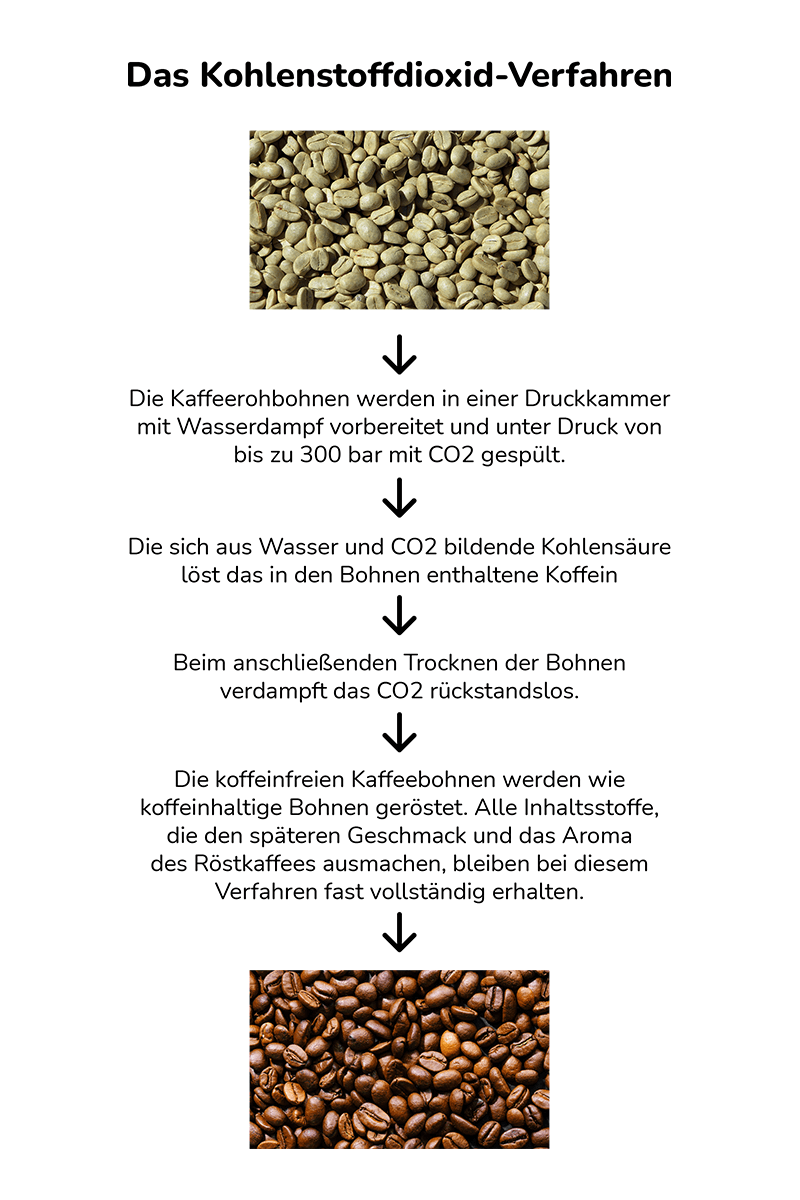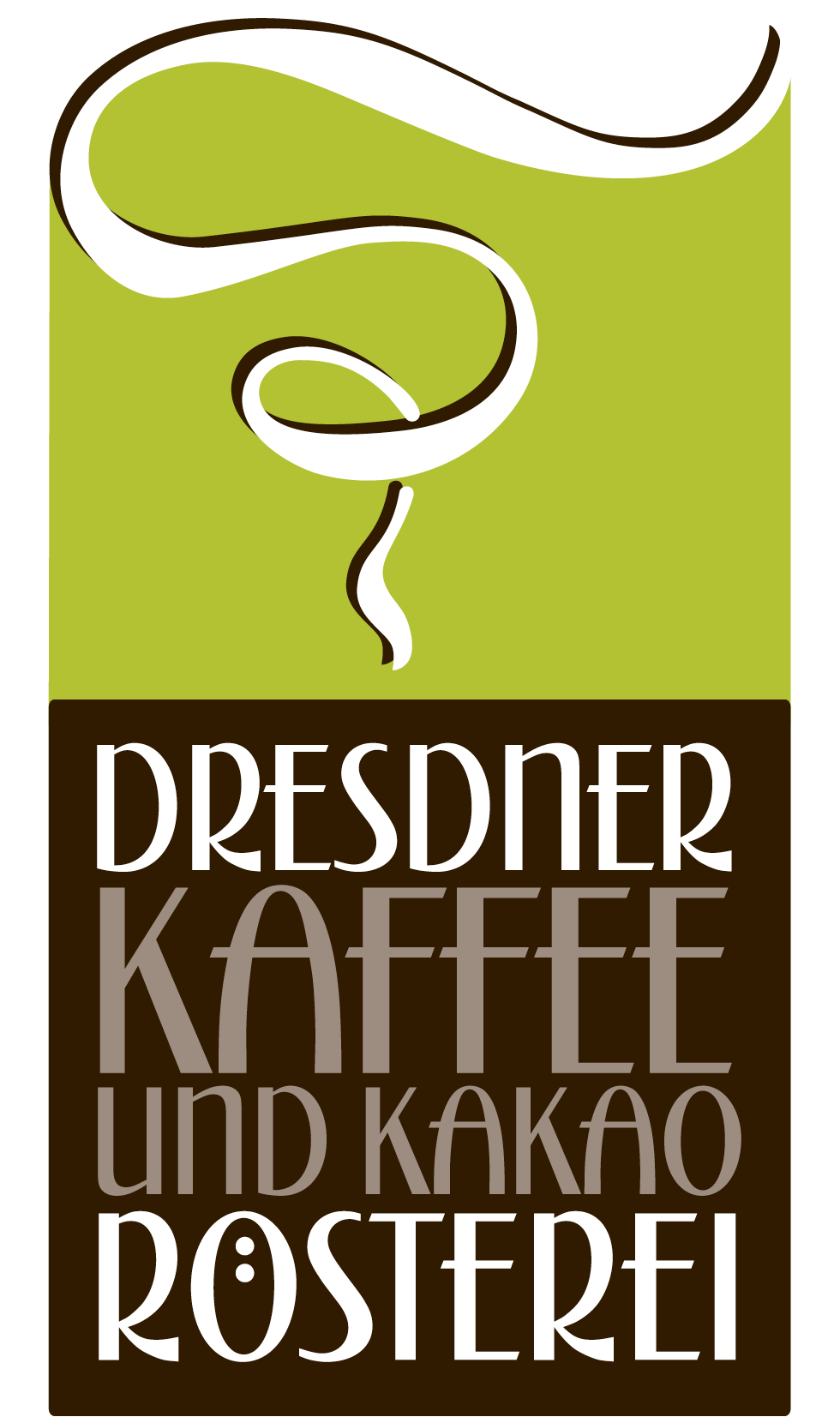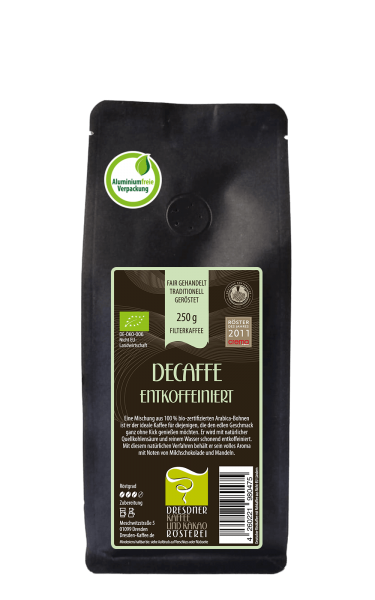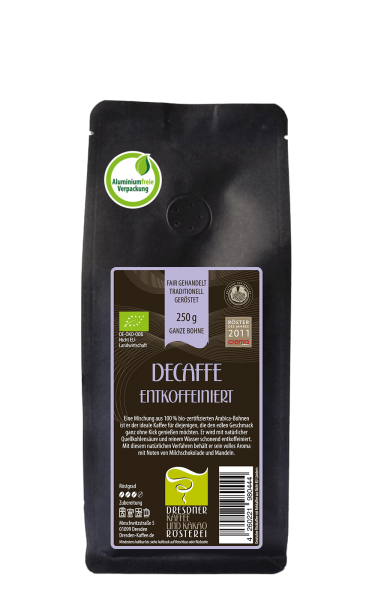Who came up with the idea of decaffeinating coffee beans?
The founder of the coffee brand "Kaffee HAG" Ludwig Roselius produced decaffeinated coffee for the first time in 1903.
The reason was that Roselius suspected that his father had died from his immense consumption of coffee and therefore caffeine.
He therefore developed a process in which the unroasted coffee bean is first soaked in salt water and then the caffeine is extracted with the help of benzene. However, benzene is a substance that is now considered carcinogenic.
Ludwig Roselius around 1905 in a photograph by Nicola Perscheid
And how is it done?
Today, there are several processes for making decaffeinated coffee.
And all of them are fortunately gentler than the Roselius process.
Basically, the methods follow a three-step process:
First, the green coffee is steamed or pre-treated with water, followed by extraction, and finally, the decaffeinated beans are dried.
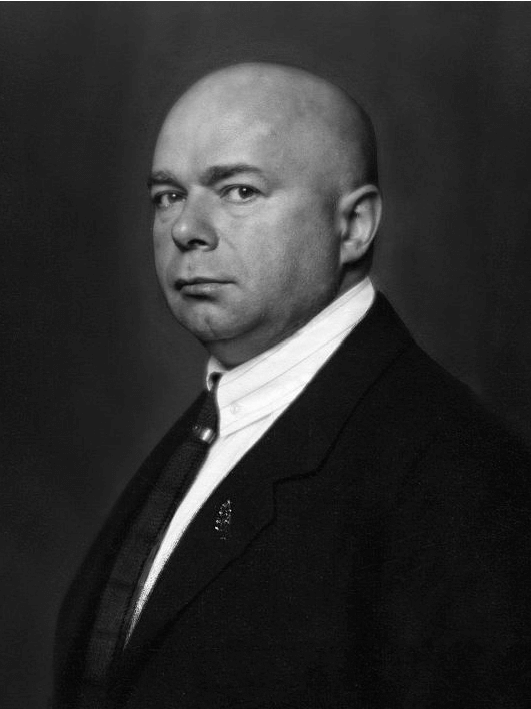
The direct decaffeination
A distinction is made between direct and indirect processes.
Direct processes include, for example, decaffeination with ethyl acetate, a compound of acetic acid and ethanol, which is often considered a "natural" solvent because it is also found in various fruits, vegetables or in cane sugar.
Indirect decaffeination
One of the best-known representatives of indirect processes is the Swiss Water Process, in which activated carbon is used instead of ethyl acetate to extract the caffeine.
It runs chemical-free, but gobbles up large amounts of valuable water!
With carbon dioxide
Another indirect method - and this is the method we use - is decaffeination with carbon dioxide.
In this process, the unroasted beans swell with warm water and steam, allowing natural swelling carbon dioxide to bind the caffeine.
This process is repeated several times until the caffeine content is below 0.1%.
This is laborious, but very gentle, and the taste justifies it all.
